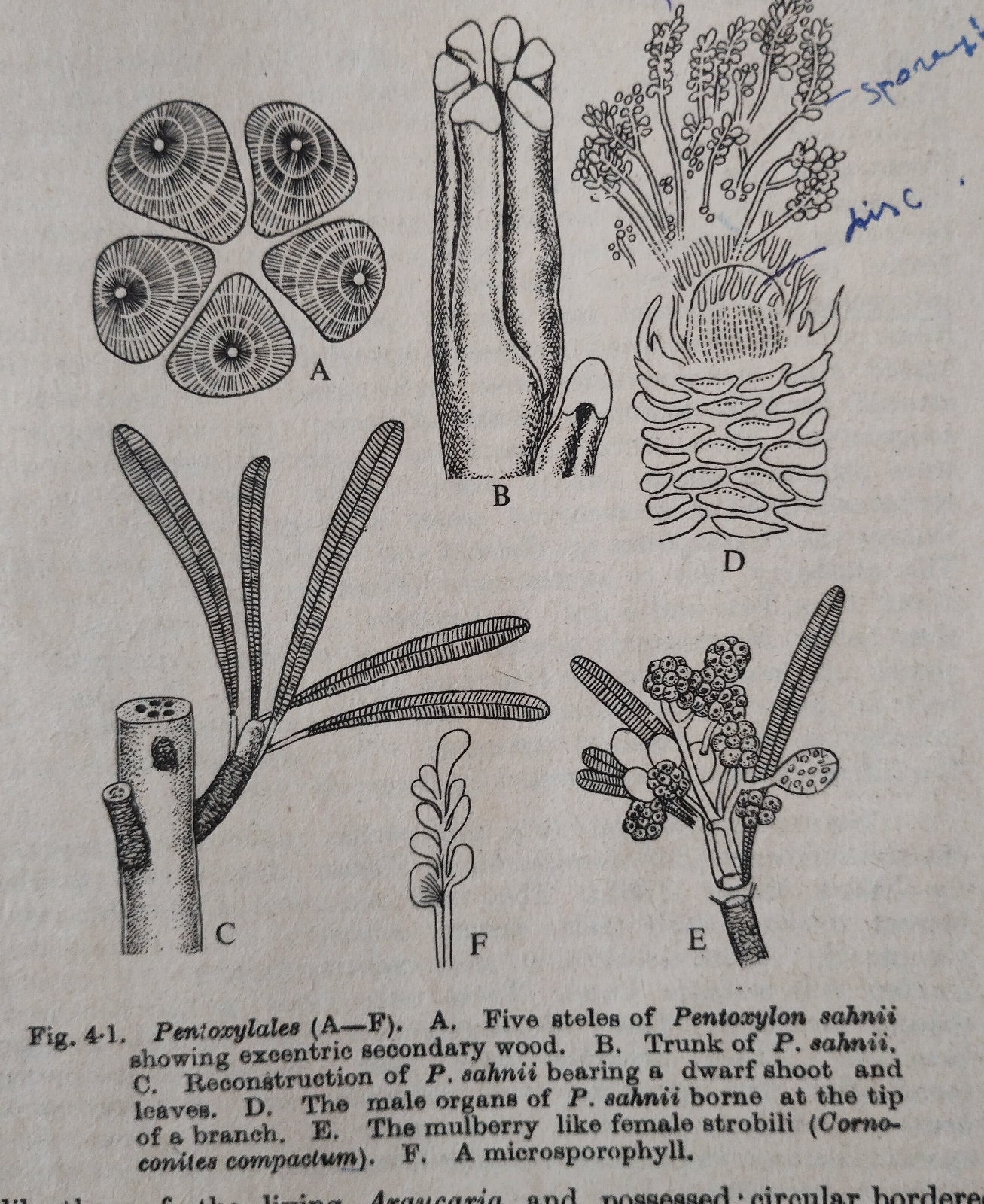Clamp connection in Basidiomycetes Fungi
Clamp Connections in Basidiomycetes Fungi
In most genera of Basidiomycetes clamp connections are formed during the divisions of the cells of the secondary mycelium. Usually in the terminal cells of the hyphae clamp connections are formed.
The stages of clamp connection formation are given below (Kniep,1917 and Bensaude,1918 ):
(i)At the time of cell division of the terminal two nucleated cell a lateral backwardly directed outgrowth develops between the two nuclei a and b . This outgrowth turns hooklike and known as clamp.
(ii)Out of the two nuclei a and b , b migrates towards the outgrowth and the other i.e., remains within the cell.
(iii)Both the nuclei (a and b) divide mitotically to form four nuclei ( a,a',b and b’).
(iv) Out of b and b’ , nuclei b remains in the clamp and b’ goes back to the dividing cell.
(v) Simultaneously, a' and a remain at the apical and basal region of the apical dividing cell.
(vi) During the time , the clamp bents over and the free tip of the clamp fuses with the dividing cell.
(vii)Then the zone of fusion dissolves, the b nucleus migrates towards a nucleus and remains within the cell.
(viii)In the next step the clamp turns closed permanently by the formation of a septum at the point of origin of the clamp.
(ix)Next a vertical septum forms just below the level of the outgrowth of the clamp. Thus , the apical dikaryotic cell turns into two dikaryotic cell. The terminal cell contains nuclei a’ and b' , whereas the sub-terminal cell contains nuclei a and b .
Thus from one dikaryotic cell two dikaryotic cells are formed and the process repeats many times and thus the growth of the secondary mycelium continues.




Comments
Post a Comment